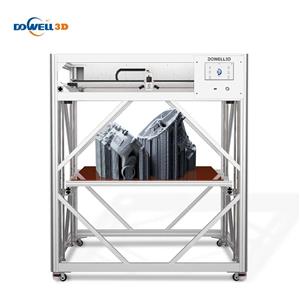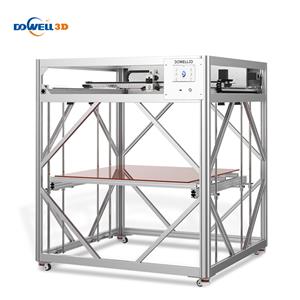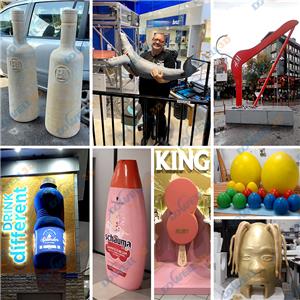The common repair methods of 3D printing model design
1. Wall thickness
An important factor affecting the success of 3D extruder printerprinting is that a 3D print large size model has no wall thickness, it is all pieces and lines, and a 3d plastic printer will not be able to print it. For large size 3D printing service providers, there is generally a requirement for wall thickness. This requirement will be slightly more conservative than the printing process limit, reducing the probability of items being damaged during transportation and cleaning. At this time, thickening of the wall thickness is required.
2. Dimensions
In many cases, the print size was not considered when designing the item at the beginning, which caused confusion as to whether Metal 3D printers printing could be carried out in the later stage. So for the confirmation of the size, the sooner the better, too large may involve disassembly, and too small may lose printing details.
3. Mistakes in the non-manifold modeling process or some "shortcuts" or "tricks" may cause the appearance of non-manifold patterns. This refers to the intersection of an edge with one or more faces, rather than the intersection of a body and a body, which will make the 3D printer think that the model has holes, or at least there is a problem with the face, and it cannot be printed. Can fill holes.
4. The normal is used to distinguish the inner and outer planes, which is very important for the printer. If the normal is reversed, the 3D printer cannot recognize the boundary of the model. Need to repair the model normal.
5. The cross-coincident surface will cause the coincident volume, which makes the volume calculation inaccurate, so calculate the volume more. In addition, it will cause problems with the orientation of the positioning surfaces, so the overlapping surfaces must be merged.
6. The minimum gap refers to the minimum distance between two wall thicknesses, which is related to the physical limit of the 3D printer. If the minimum gap is less than the printing limit of 3D printing, the two walls will be combined into one wall thickness, which will cause part of the support or residue to fail to come out.





